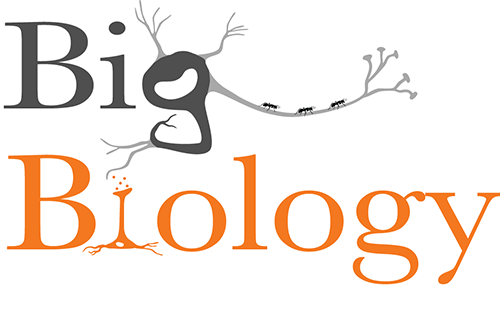

Files
Download Full Episode (82.4 MB)
Loading...
Interviewer(s)
Art Woods, Marty Martin
Interviewee(s)
Van Savage
Description
What do plants, animals and even river systems have in common?
Branching networks are a universal element of life on Earth. Networks of veins, roots, xylem, phloem, and nerves – they all have large components that branch, usually repeatedly, into smaller and smaller components. The networks transport energy, materials, and information throughout the bodies in which they occur.
Our guest today, Van Savage, is a professor in the department of Ecology and Evolutionary Biology and the department of Biomathematics at UCLA. We chat with Van about universal features of branched networks. We discuss how these networks are space filling and how their evolved structures facilitate rapid and energy-efficient transport. We also discuss why networks are fractals – branching structures that are self-similar across scales. You’ve seen the fractal nature of networks if you’ve noticed similarities between branching patterns of rivulets on a muddy bank and river connections viewed from a jet at 20,000 feet. We also discuss how differences in networks among taxa arise from the materials they transport. At the end of the conversation, Van explains how network theory illuminates what we know about metabolic scaling and how understanding branching can improve everything from artificial hearts to urban planning.
Cover photo: Keating Shahmehri
Date Published
5-2022
Language
eng
Run Time
59 minutes, 55 seconds
Digital File Format
audio/mp3
Document Type
Podcast
Recommended Citation
Woods, Art and Martin, Marty, "Episode 084: Fractals in the Foliage" (2022). BigBiology Podcasts. 85.
https://scholarworks.umt.edu/bigbiology_podcasts/85
